On Buying a Vintage Poster: What You Need to Know
So you’ve fallen in love with a vintage poster. It’s been beckoning you from the corner of your favorite antique shop for weeks, or perhaps it’s calling to you from the pages of one of our auction catalogues. Or maybe you found it at a garage sale. What’s next? Here are some of the most important things to consider when looking to buy a vintage poster.
Anatomy of a Poster
What is a poster margin?
Around the edge of most posters is the margin. The width of this border varies, but should not be trimmed off. The margin is most often where the printer’s information is found, and is considered an integral part of the poster. A missing margin is considered a flaw. A thorough auction catalogue should say if the poster has been trimmed, but if you’re buying from a generalist, we recommend looking up comparable examples to see if it looks like anything is missing.
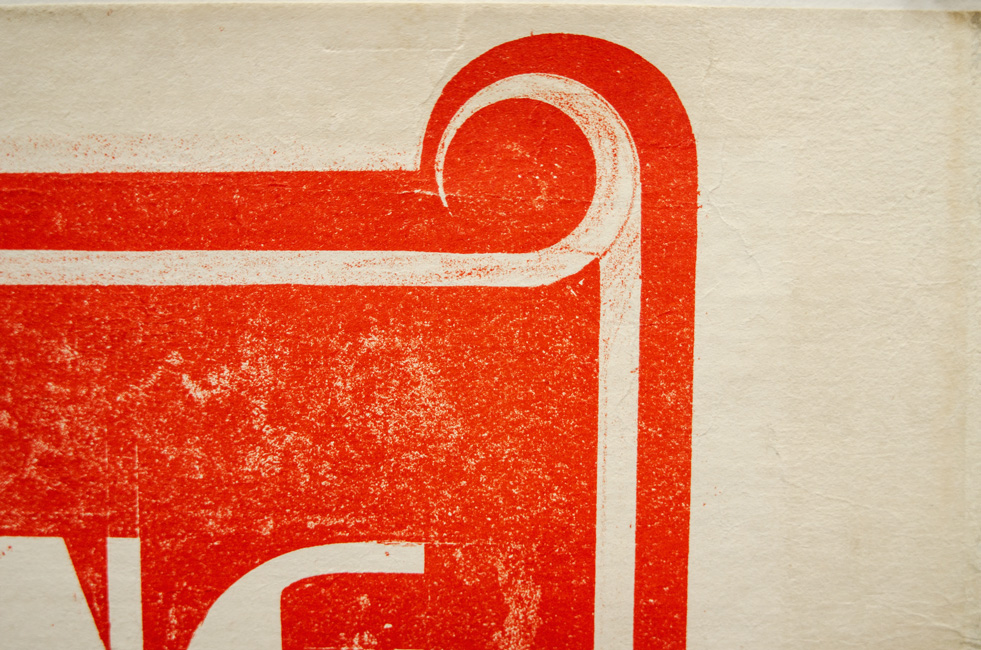
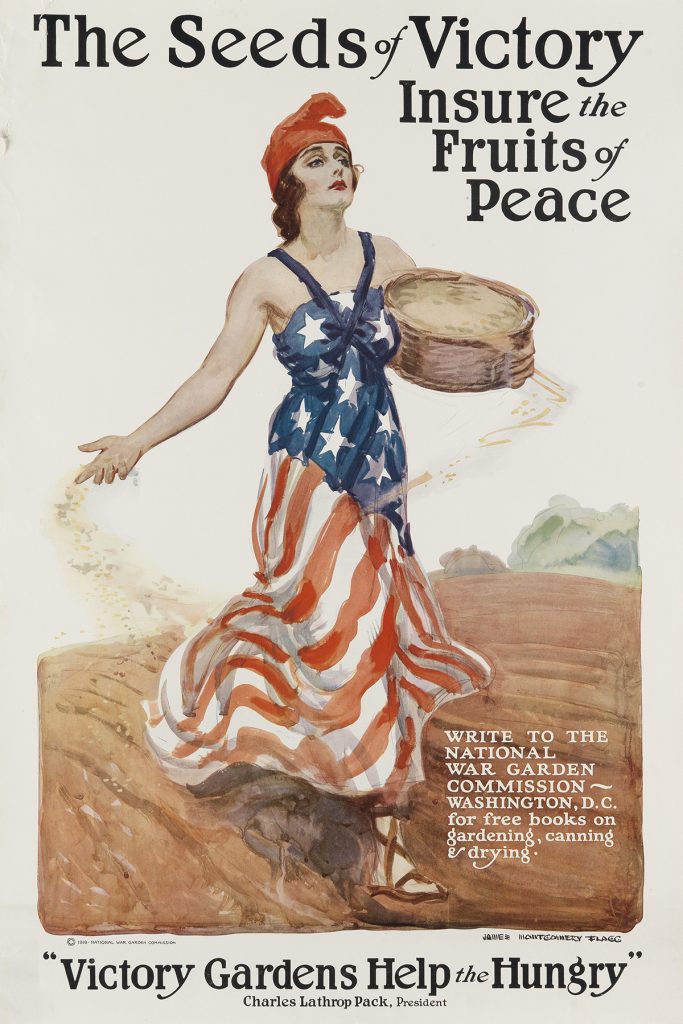
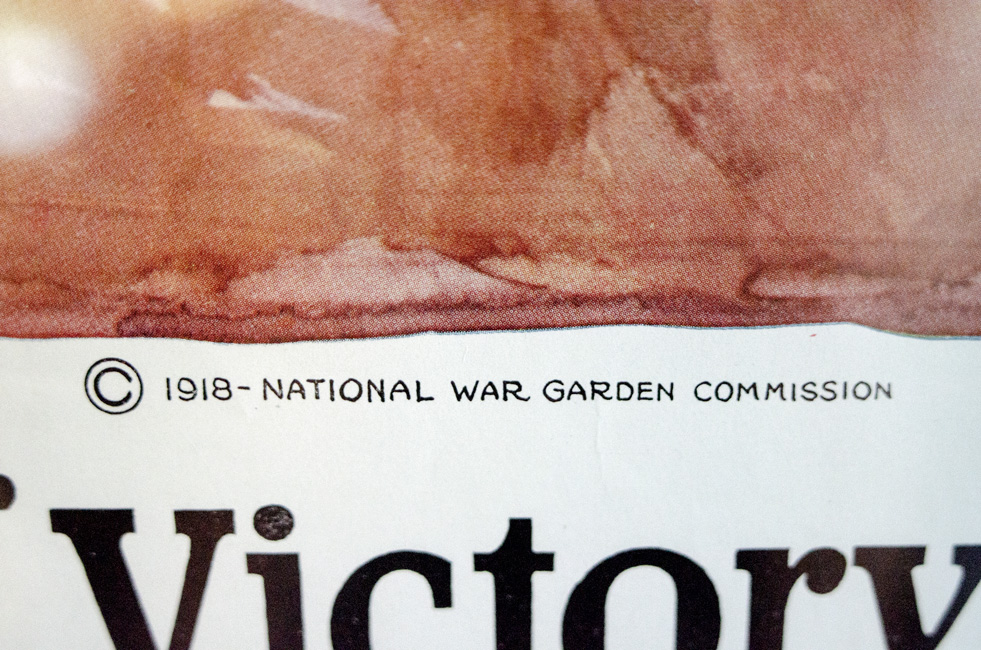
What is a variant?
Some posters were produced with a blank space where text could be inserted at a later date. This was most common in advertisements for performers who might appear at different venues, or products sold at different stores. As a result, it is possible to see two posters that appear identical in image, but bear the name of a different location and date. These are referred to as variants.
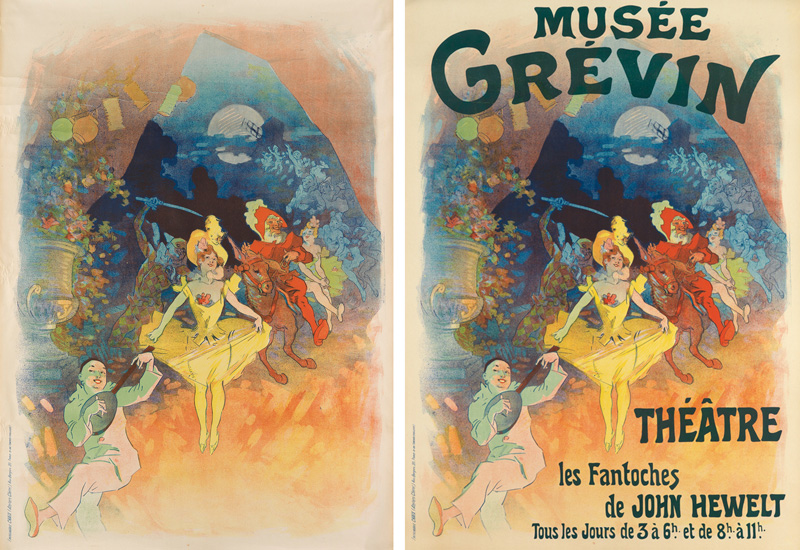
Popular Printing Processes for Vintage Posters
The earliest full-color posters were created via the process of stone lithography, in which different stones were created for each color of the poster and the image was printed in layers. Subsequent printing styles include zinc (or metal) plate lithography, photo-offset, silkscreen and letterpress.
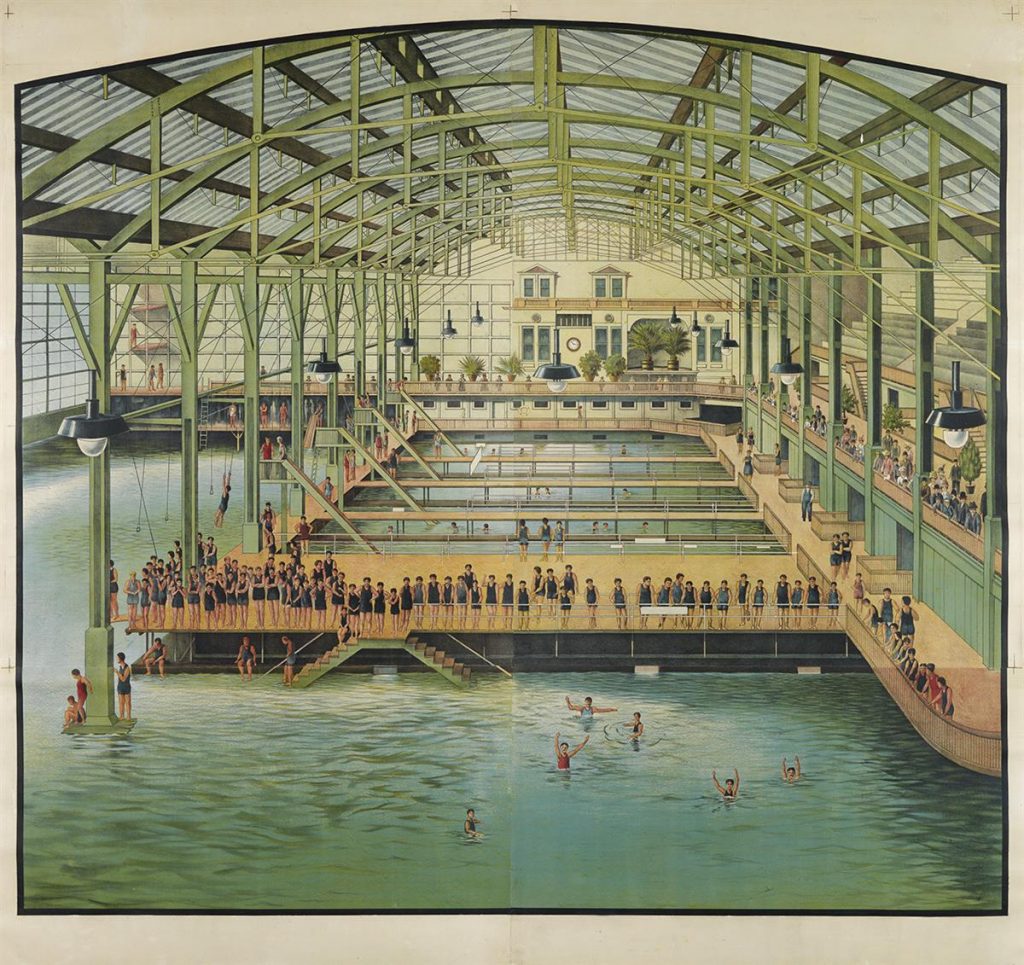
Is my poster really vintage?
Determining the authenticity of a vintage poster is not always easy to do, but there are a handful of techniques you can use to make an initial assessment. If the poster purportedly originated around the turn of the century, the paper should have a texture reminiscent of newsprint. If it feels or looks like the paper from a glossy magazine, it is a more recent print.
It is not unusual for a reproduction of a poster to have a more recent printing date, publisher or even “Reproduction” printed in the lower margin. This isn’t always the case, but it is always worth a quick look.
Original lithographic posters will not look pixelated under a loupe or magnifying glass. The process of stone lithography applies a solid layer of color to the paper, whereas posters that are digitally reproduced all have the tell-tale pixels when seen under magnification. However, for posters that incorporate photographic and later, digital processes, seeing pixels is not always a way of determining authenticity. In that case, experts draw on their knowledge of established publication information, what printing technologies were commonly available during the period in which the poster was published, and what printing method would have made the most sense for the context of its publication.
Another valuable step is to measure the poster and compare its dimensions to those of known originals. (Find examples in our archives, in museum collections or at other auction houses.)
Taking care of your poster
Posters are delicate—they were originally intended to be ephemeral objects, so they require some tender love and care when preserving them. Collectors will have different opinions on proper treatment, but the American standard is to have a poster mounted on linen. This helps not only to stabilize the paper, but also allows conservators to make any necessary restoration on the piece. The process, when done professionally, is museum-quality and fully reversible. It is common for European collectors to prefer not to have their posters mounted at all, or backed instead with thin Japan paper. When it comes time to sell a vintage poster—exceptions notwithstanding—there is not always a difference in value between those that are mounted and those that are not, and linen-backing will not lower the value.
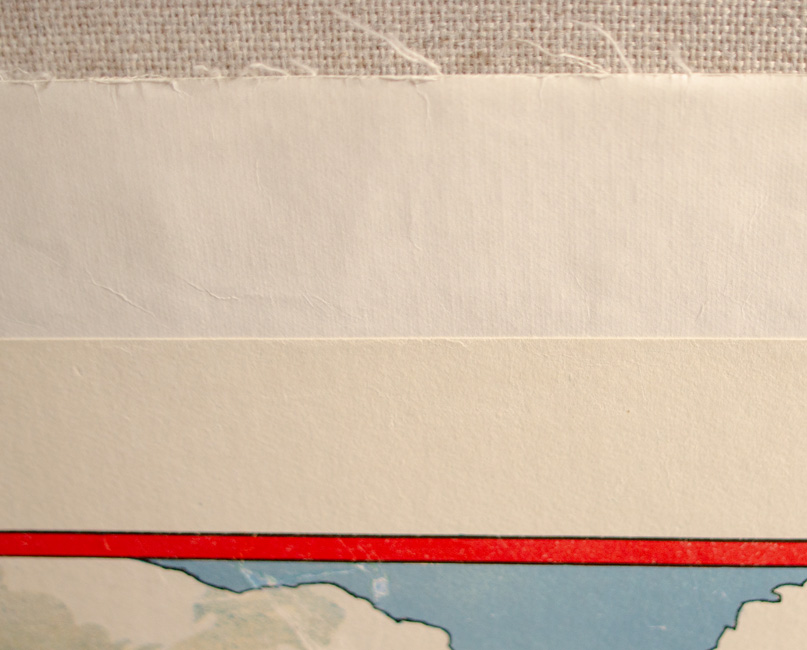
One universally accepted thing to avoid is permanently adhering a poster to its backing. From the 1960s through the eighties it was popular to have posters dry mounted to a board so that they would lie flat in their frames. This process is irreversible and posters that have been dry mounted tend to lose as much as 50% of their value.
Framing a poster behind glass is heavy and risks tearing the poster if the frame drops and the glass cracks. Using plexiglass is a less expensive, safer way to go. You should also consider opting for UV (ultra-violet) plexiglass. UV plexi filters out harmful rays from natural sunlight, and will help prevent fading.
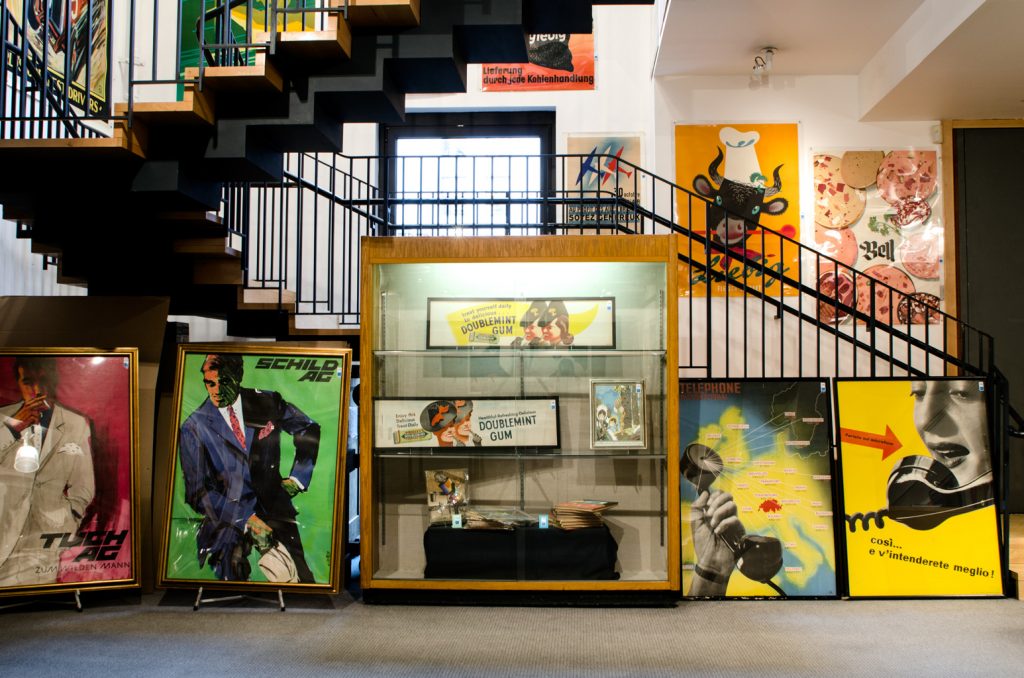
Our specialists are available to answer questions about condition and other technical matters. If you have a poster that you think may be valuable, send a consignment inquiry our way! This post was made with the help of the Swann Vintage Posters department.
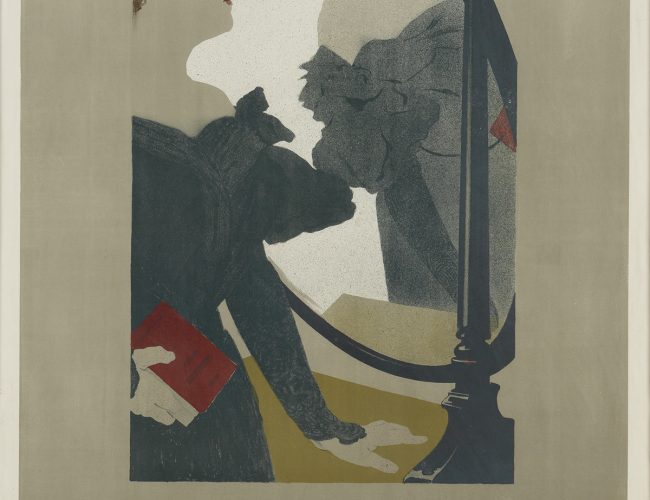
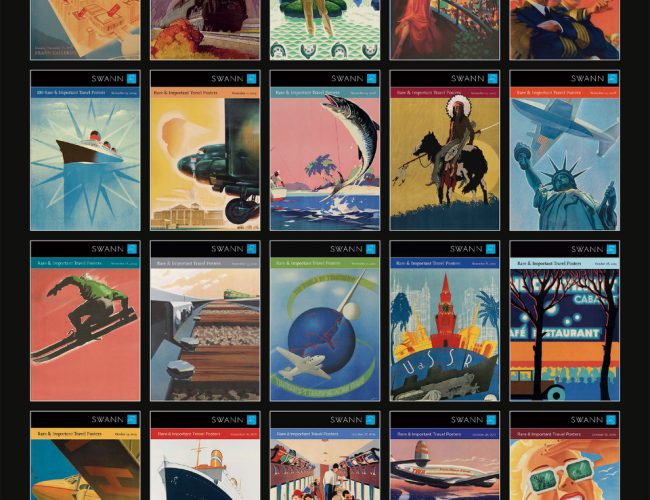




![Grace Meschery-McCormack shares about two copies of Fernando de Rojas’s ‘La Célestine,’ including a limited edition copy illustrated by Pablo Picasso.
At auction April 22. Learn more about the works at the link in our bio.
#Rarebooks #rarebookdealer #antiquarianbooks #auctions
_______________________________________
Music Credit:
Schubert - Piano Quintet in A major ‘The Trout’, D. 667 - IV. Andantino – Allegretto
Music provided by Classical Music Copyright Free on Youtube [https://tinyurl.com/visit-cmcf]
Watch: • Schubert - Piano Quintet in A major ‘...]](https://scontent-iad3-1.cdninstagram.com/v/t51.75761-15/491443494_18499096345036585_5935932878956098058_n.jpg?stp=dst-jpg_e35_tt6&_nc_cat=107&ccb=1-7&_nc_sid=18de74&_nc_ohc=Z9JEGkAXHREQ7kNvwGGUot6&_nc_oc=AdmJSnx8eY0WSW4ZCrMwPTmQIsTfafOSyYaXtUeWluHXKdvbxi2gWaQXyIMLUy6-JA4&_nc_zt=23&_nc_ht=scontent-iad3-1.cdninstagram.com&edm=AM6HXa8EAAAA&_nc_gid=MdJlzSoZOdWC2oK1KxWvJA&oh=00_AfFsbK9b0p3niNg5v7UlSkalb1GAu_ocC3c83G5ZBRMbAQ&oe=6807C911)











